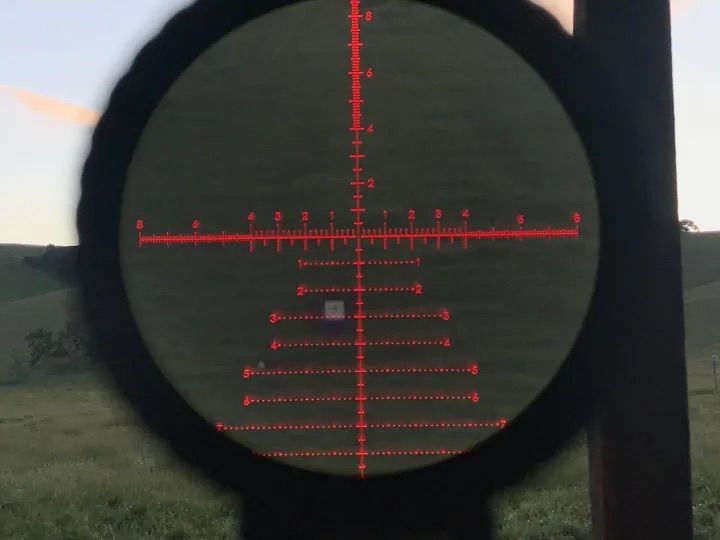Illuminated Rifle Scopes Explained: Do You Really Need One?
If you've spent any time behind a rifle, you’ve probably heard people talk about illuminated scopes — and maybe you’ve wondered if it’s just a gimmick or something worth having. Spoiler alert: it’s not just for show. Illumination on rifle scopes can make a huge difference, especially in low light conditions or when you're trying to get a clean shot on a dark target. In this guide, we’ll break down what illumination really is, why it matters, and when it actually comes in handy — no jargon, just straight talk.
What is Illumination?
In a rifle scope, illumination refers to the internal lighting of the reticle (crosshairs or aiming point) to make it more visible in low-light or dark conditions.
This extra light helps you see the reticle clearly against dark targets or backgrounds (e.g., dense forests, dawn/dusk conditions).
What does it do?
Put simply, illumination in a rifle scope makes the reticle (the crosshairs or dot you aim with) light up, so it's easier to see—especially in low light, against dark backgrounds, or in the shade. Without it, a black reticle can blend right into your target, like a deer in the woods at dusk. Illumination makes the reticle stand out, so you don’t lose your aiming point. That means faster, more accurate shots, especially in close-range or fast-moving situations. When lighting is bad—early morning, late evening, or inside buildings—there’s often not enough contrast to see a plain black reticle. That’s where illumination comes in, giving you a brighter, clearer sight picture when you need it most.











